The most complete dinosaur discovered in this country in the last 100 years, with a pubic hip bone the size of a ‘dinner plate’, has been described in a new paper published today.
Tag: Dinosaur
Life Underground Suited New Dinosaur Fine
The age of dinosaurs wasn’t conducted solely above ground. A newly discovered ancestor of Thescelosaurus shows evidence that these animals spent at least part of their time in underground burrows. The new species contributes to a fuller understanding of life during the mid-Cretaceous – both above and below ground.
New study finds dinosaur fossils did not inspire the mythological griffin
For centuries, scientists thought they knew where the griffin legend came from. A new study takes a closer look at the data and folklore’s influence on science.
We’ve had bird evolution all wrong
A pair of research papers reveals that genomic anomalies misled scientists about the true evolutionary history of birds.
Garumbatitian: A new giant dinosaur in the Lower Cretacic of the Iberian Peninsula
New study describes a new sauropod dinosaur that lived in the Iberian Peninsula 122 million years ago.
Dinosaur feathers contain traces of ancient proteins, study finds
Powerful X-rays generated at SLAC National Accelerator Laboratory help researchers shed new light on feather evolution.
fossil shows Europe had different herbivorous dinosaurs to America and Asia
Scientists have discovered a new species of small plant-eating dinosaur on the Isle of Wight in southern England (UK). The new species, Vectidromeus insularis, is the second member of the hypsilophodont family to be found on the island, suggesting that Europe had its own family of small herbivorous dinosaurs, distinct from those found in Asia and North America.
Plesiosaurs doubled their neck-length by gaining new vertebrae
Plesiosaurs gained their famous long necks rapidly, researchers have shown.
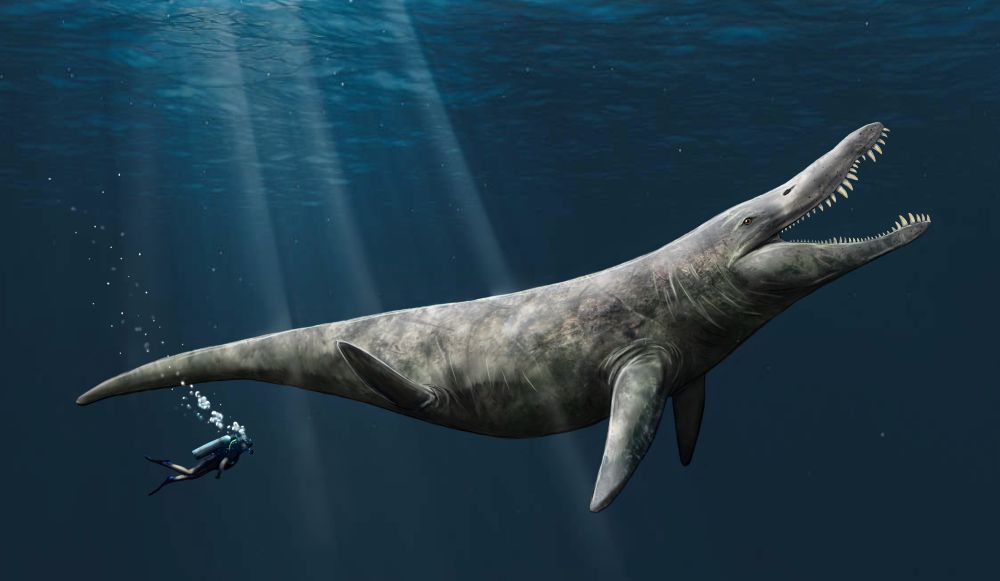
Giants of the Jurassic seas were twice the size of a killer whale
Over 20 years ago, the BBC’s Walking with Dinosaurs TV documentary series showed a 25-metre long Liopleurodon. This sparked heated debates over the size of this pliosaur as it was thought to have been wildly overestimated and more likely to have only reached an adult size of just over six metres long.
Predatory dinosaurs such as T. rex sported lizard-like lips
A new study suggests that predatory dinosaurs, such as Tyrannosaurus rex, did not have permanently exposed teeth as depicted in films such as Jurassic Park, but instead had scaly, lizard-like lips covering and sealing their mouths.
Dinosaur claws used for digging and display
Dinosaur claws had many functions, but now a team from the University of Bristol and the Institute of Vertebrate Paleontology and Paleoanthropology (IVPP) in Beijing has shown some predatory dinosaurs used their claws for digging or even for display.
Dinosaur “mummies” might not be as unusual as we think
Data from fossils and modern carcasses indicates simple path to preserving dinosaur skin.
Study refutes claim that T. rex was three separate species
Paleontologists find insufficient evidence that iconic Tyrannosaurus rex should be reclassified
A new giant dinosaur gives insight into why many prehistoric meat-eaters had such tiny arms
An international team that includes a University of Minnesota Twin Cities researcher has discovered a new big, meat-eating dinosaur, dubbed Meraxes gigas, that provides clues about the evolution and anatomy of predatory dinosaurs such as the Carcharodontosaurus and Tyrannosaurus rex.
Europe’s largest land predator unearthed
Research involving palaeontologists from the Universities of Portsmouth and Southampton has identified the remains of one of Europe’s largest ever land-based hunters: a dinosaur that measured over 10m long and lived around 125 million years ago.
Natural History Museum of Utah releases Triceratops Traits, a new investigation for middle school science classes
In Triceratops Traits, students work alongside paleontologists to solve an evolutionary mystery by analyzing and interpreting data from the fossil record under the premise that natural laws have operated the same throughout the history of life on Earth to fit 7th grade learning standards in Utah and 6th-8th grades around the U.S.
‘Raptor-like’ dinosaur discovered in Australian mine, actually uncovered as a timid vegetarian
Fossil footprints found in an Australian coal mine around 50 years ago have long been thought to be that of a large ‘raptor-like’ predatory dinosaur, but scientists have in fact discovered they were instead left by a timid long-necked herbivore.
University of Washington researchers discover four dinosaurs in Montana
A team of paleontologists from the University of Washington excavated four dinosaurs in northeastern Montana this summer. The four dinosaur fossils are: the ilium of an ostrich-sized theropod; the hips and legs of a duck-billed dinosaur; a pelvis and limbs from another theropod; and a Triceratops specimen.
New prehistoric ‘Hobbit’ creature is among three discoveries suggesting rapid evolution of mammals after dinosaur extinction
Research published today in the peer-reviewed Journal of Systematic Palaeontology describes the discovery of three new species of ancient creatures from the dawn of modern mammals, and hints at rapid evolution immediately after the mass extinction of the dinosaurs.
RESEARCH TEAM DISCOVERS ARCTIC DINOSAUR NURSERY
University of Alaska Fairbanks and Florida State University scientists have found that nearly all types of Arctic dinosaurs, from small bird-like animals to giant tyrannosaurs, reproduced in the region and likely remained there year-round. The findings counter previous hypotheses that the animals migrated to lower latitudes for the winter and laid their eggs in those warmer regions. It’s also compelling evidence that they were warm-blooded.
Experimental Biology 2021 Press Materials Available Now
Embargoed press materials are now available for the virtual Experimental Biology (EB) 2021 meeting, featuring cutting-edge multidisciplinary research from across the life sciences. EB 2021, to be held April 27–30, is the annual meeting of five scientific societies bringing together thousands of scientists and 25 guest societies in one interdisciplinary community.
Announcing Virtual Press Conference for Experimental Biology 2021 Meeting
Reporters are invited to join a live Q&A discussion of exciting research announcements at the forefront of the life sciences during a virtual press conference for the Experimental Biology (EB) 2021 meeting. The press conference will be held online from 1–1:45 p.m. EDT on Monday, April 26, 2021 (RSVP by Friday, April 23).
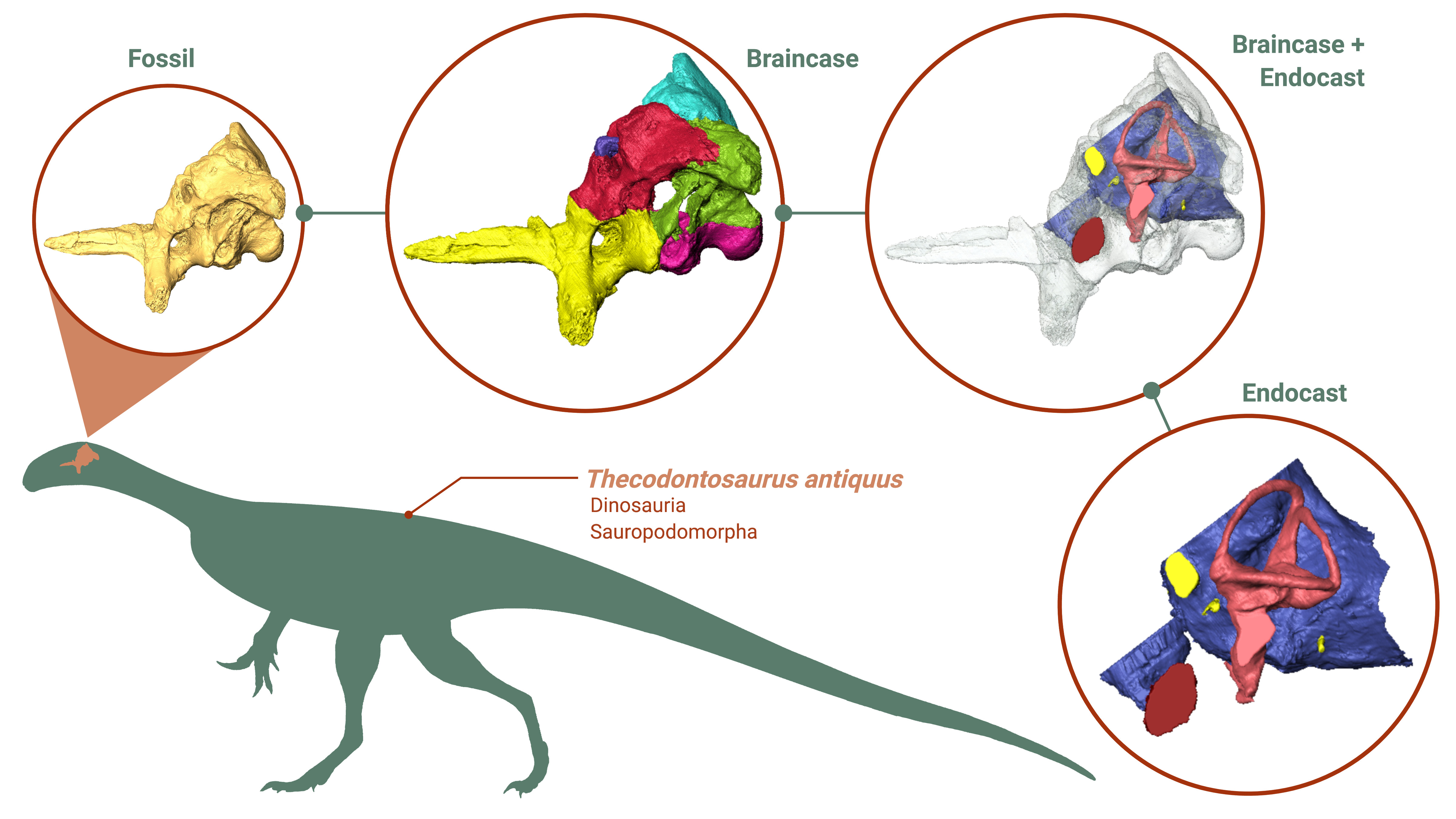
Research reveals unexpected insights into early dinosaur’s brain, eating habits and agility
A pioneering reconstruction of the brain belonging to one of the earliest dinosaurs to roam the Earth has shed new light on its possible diet and ability to move fast.
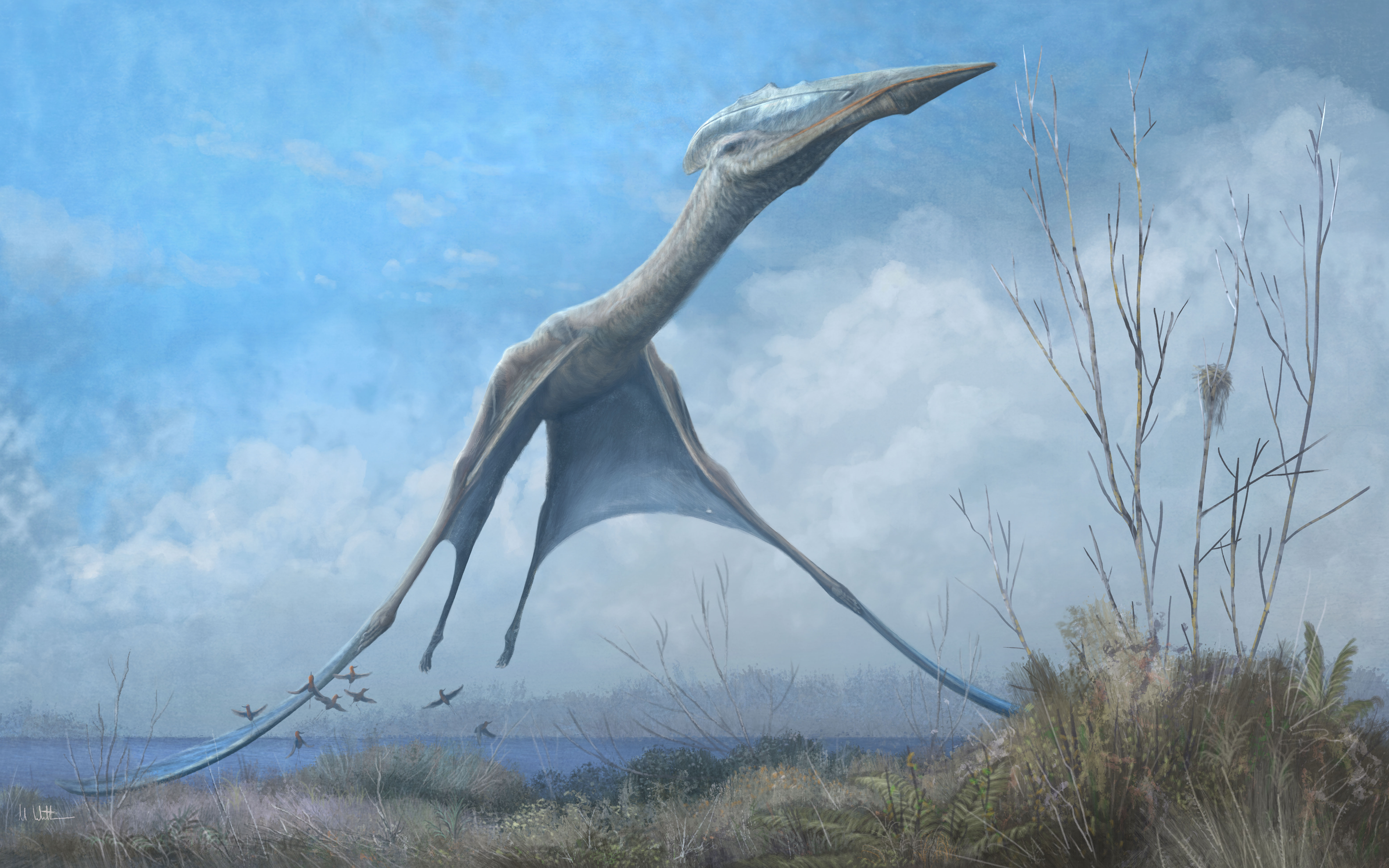
UNDER STRICT EMBARGO: Giant lizards learnt to fly over millions of years
A new study, ‘150 million years of sustained increase in pterosaur flight efficiency’, published in the journal Nature has shown that pterosaurs – a group of creatures that became Earth’s first flying vertebrates – evolved to improve their flight performance over their 150 million-year existence, before going extinct at the same time as dinosaurs 66 million years ago.

Discovery of a new mass extinction
It’s not often a new mass extinction is identified; after all, such events were so devastating they really stand out in the fossil record. In a new paper, published today in Science Advances, an international team has identified a major extinction of life 233 million years ago that triggered the dinosaur takeover of the world. The crisis has been called the Carnian Pluvial Episode.

Arizona biologist part of international team to sequence genome of rare reptilian ‘living fossil’
Northern Arizona University professor Marc Tollis was one of a dozen collaborators sequencing the genome of the tuatara, a lizard-like creature that lives on the islands of New Zealand. This groundbreaking research was done in partnership with the Māori people of New Zealand, as the tuatara is a sacred animal for many tribes.

Malignant Cancer Diagnosed in a Dinosaur for the First Time
A collaboration led by the Royal Ontario Museum (ROM) and McMaster University has led to the discovery and diagnosis of an aggressive malignant bone cancer — an osteosarcoma — for the first time ever in a dinosaur. No malignant cancers (tumours that can spread throughout the body and have severe health implications) have ever been documented in dinosaurs previously. The paper was published August 3rd in the prestigious medical journal The Lancet Oncology.
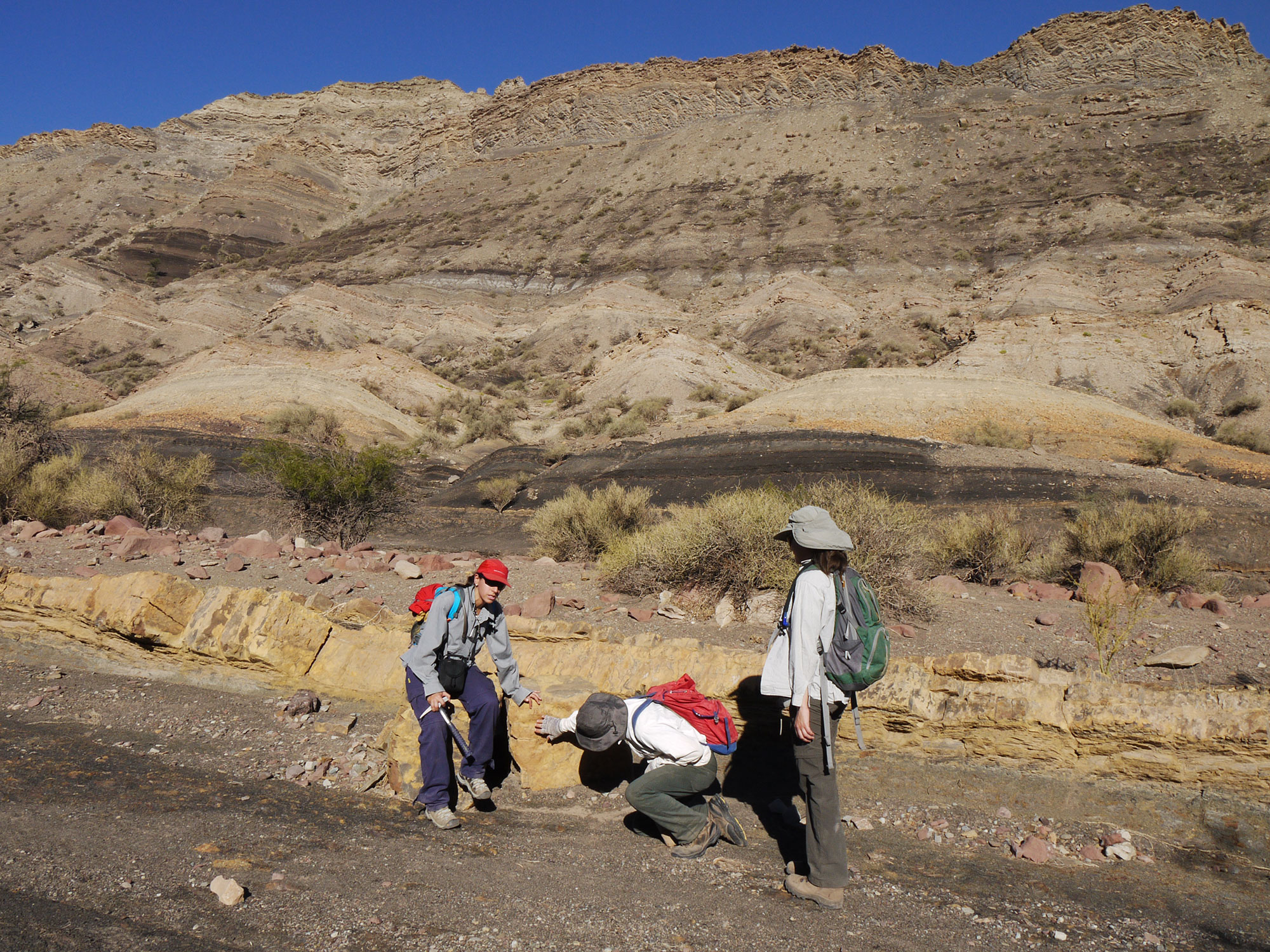
Insights into climate change during origin of dinosaurs
In a new study in the journal Gondwana Research demonstrated that the Carnian Pluvial Episode affected the southern hemisphere, specifically South America, which strengthens the case that it was a global climate event.
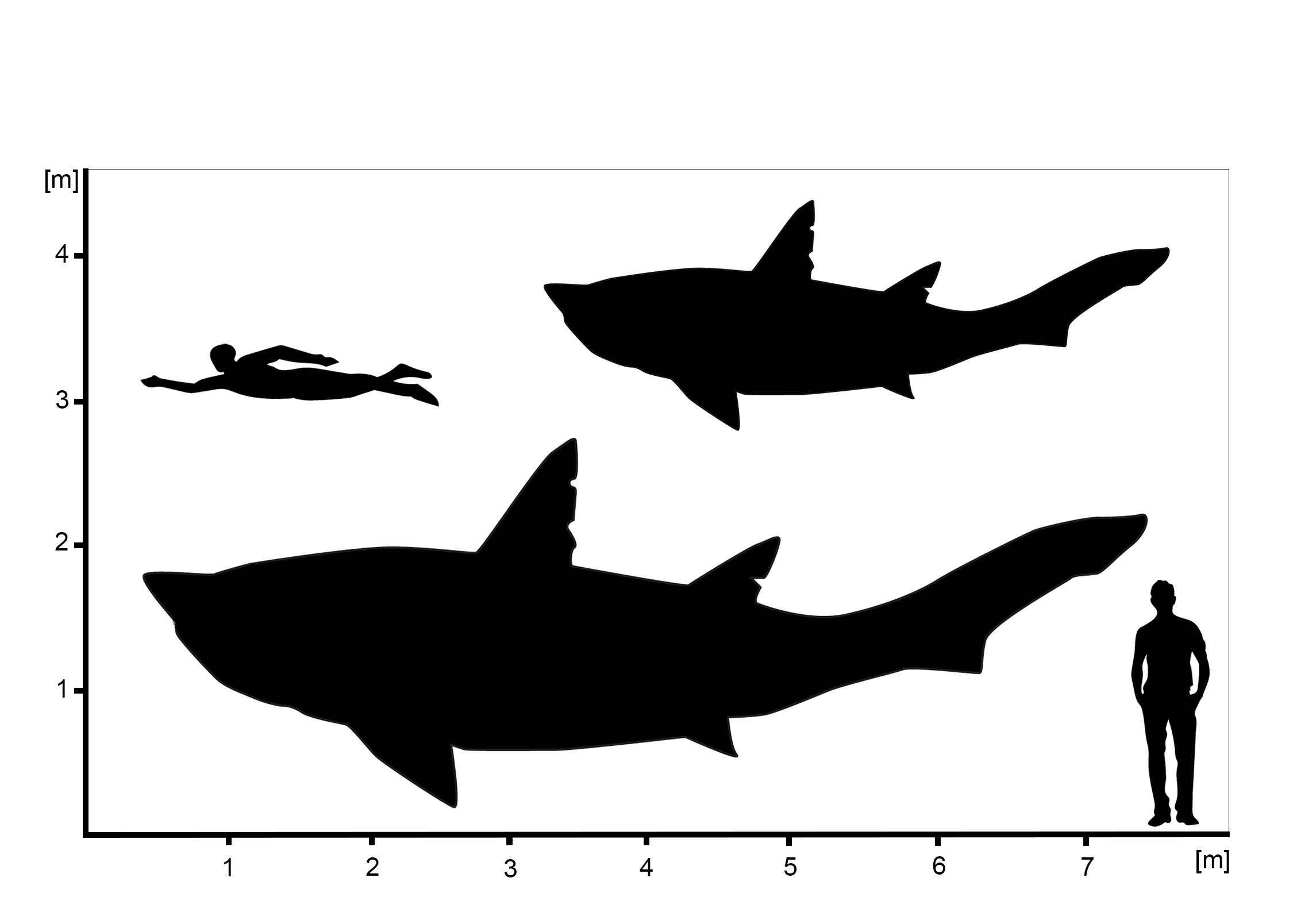
Giant teenage shark from the Dinosaur-era
Scientists of the University of Vienna examined parts of a vertebral column, which was found in northern Spain in 1996, and assigned it to the extinct shark group Ptychodontidae. In contrast to teeth, shark vertebrae bear biological information, like body size, growth, and age and allowed the team surrounding Patrick L.
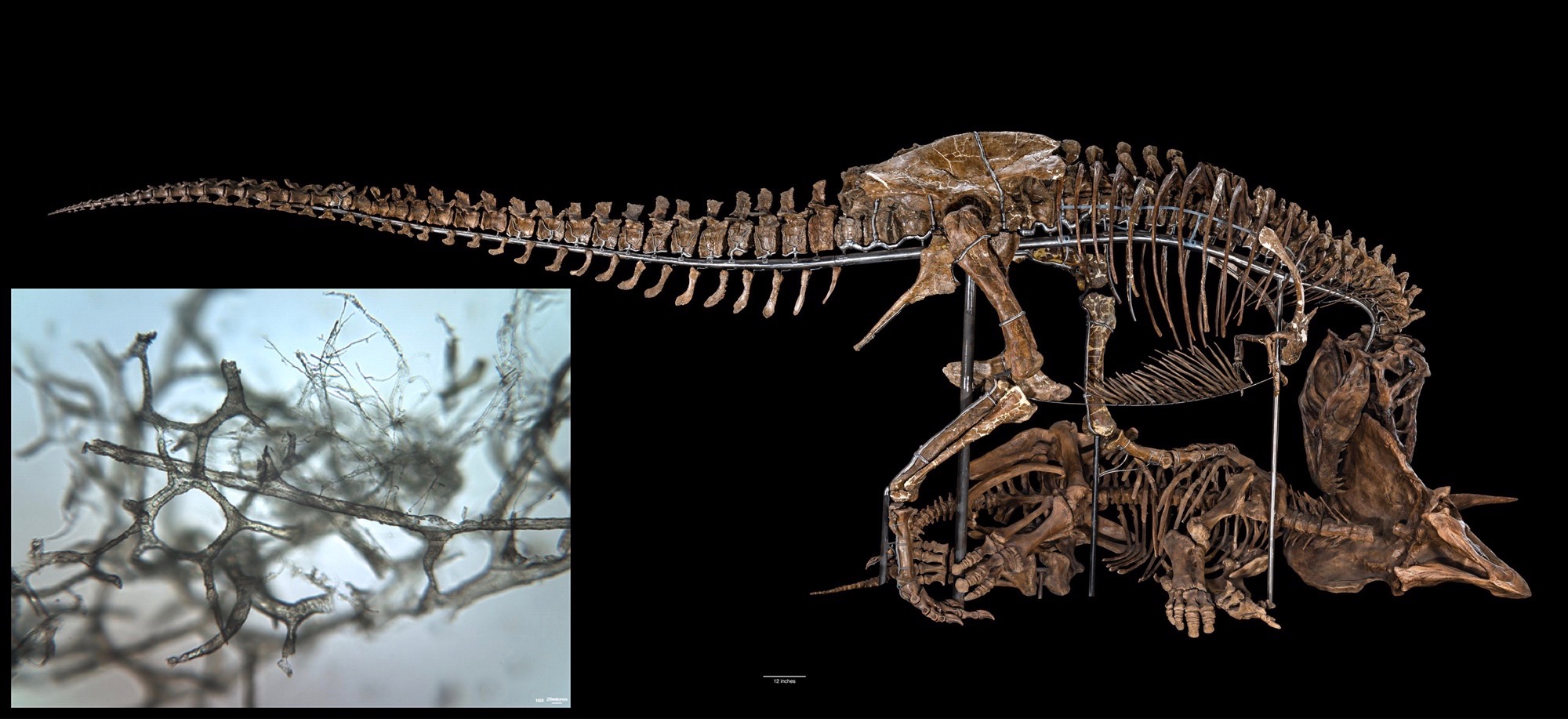
January Science Snapshots
Dinosaur blood vessels, giant viruses, and antibiotic-building enzymes